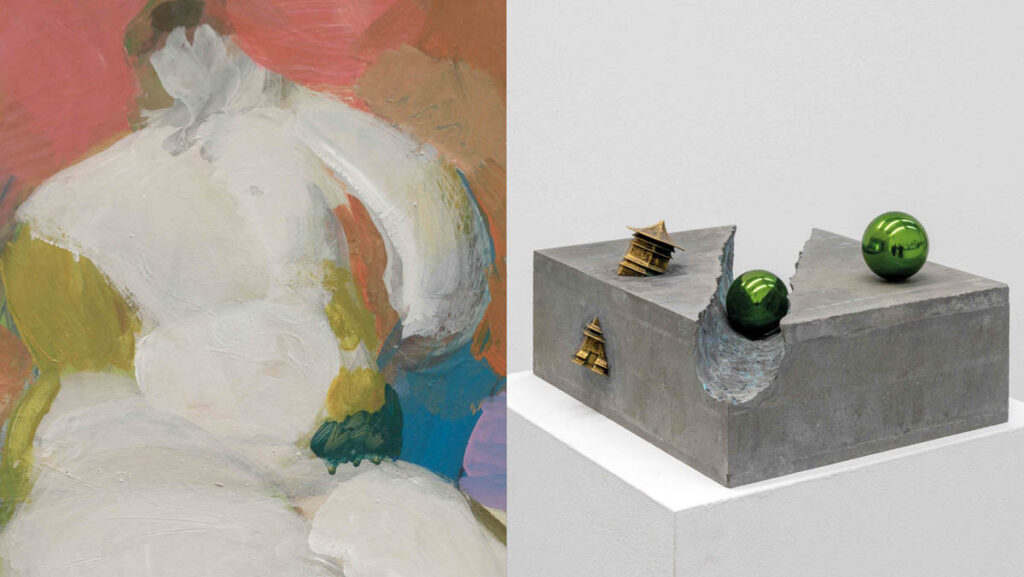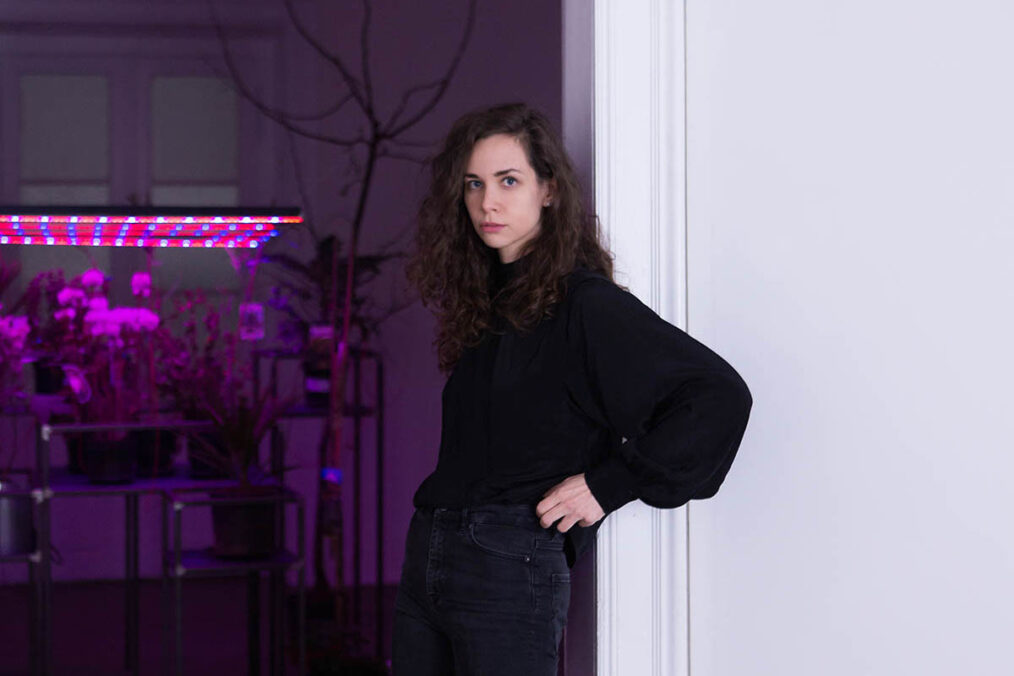
Her interests in the arts are directed toward examining the identity, problematization, function, and perception of the human body, beauty, and ideals. Through her previous art practice, she explores topics and phenomena related to personal and group identity, body, place, collections, mass productions, and consumerism. Using the methods of collecting and archiving objects or Bio (bacteria, the skin, the waste from the human body, etc.), she is dealing with the issue of the stability of things or organisms in their personal space but also the space that we share with others, questioning, in particular, the border on the micro and macro level.
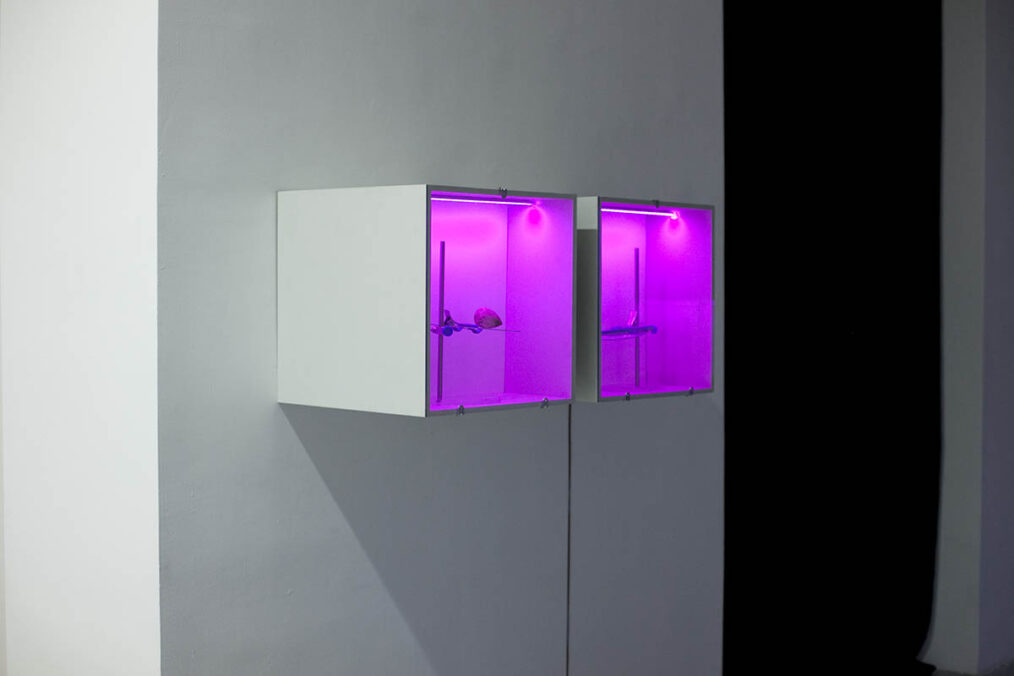
Artist. Tijana Radenković 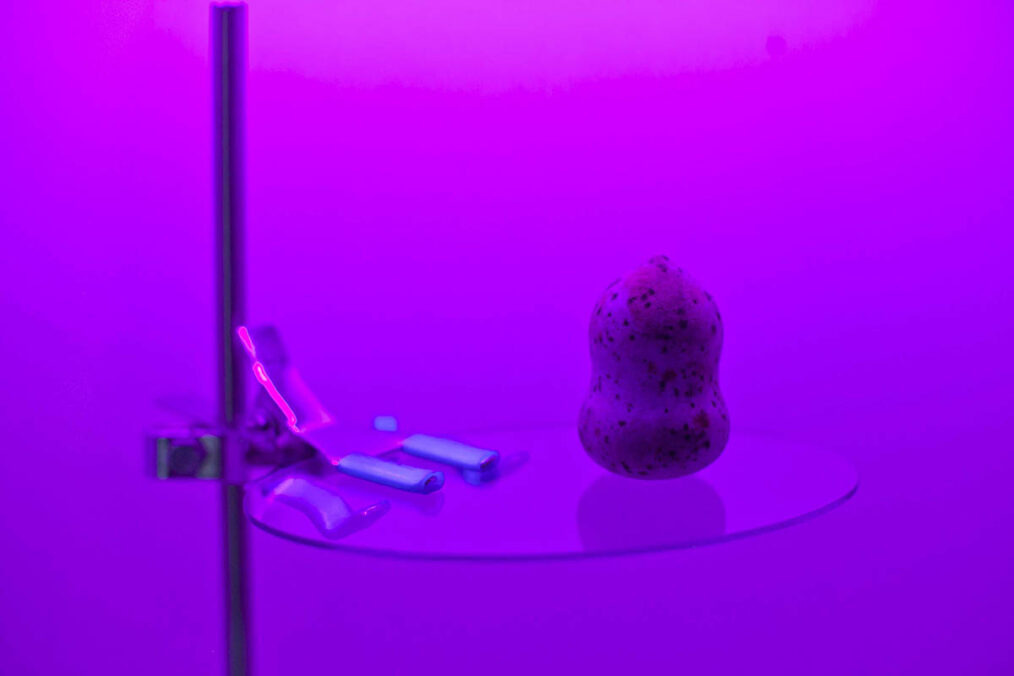
Artist. Tijana Radenković 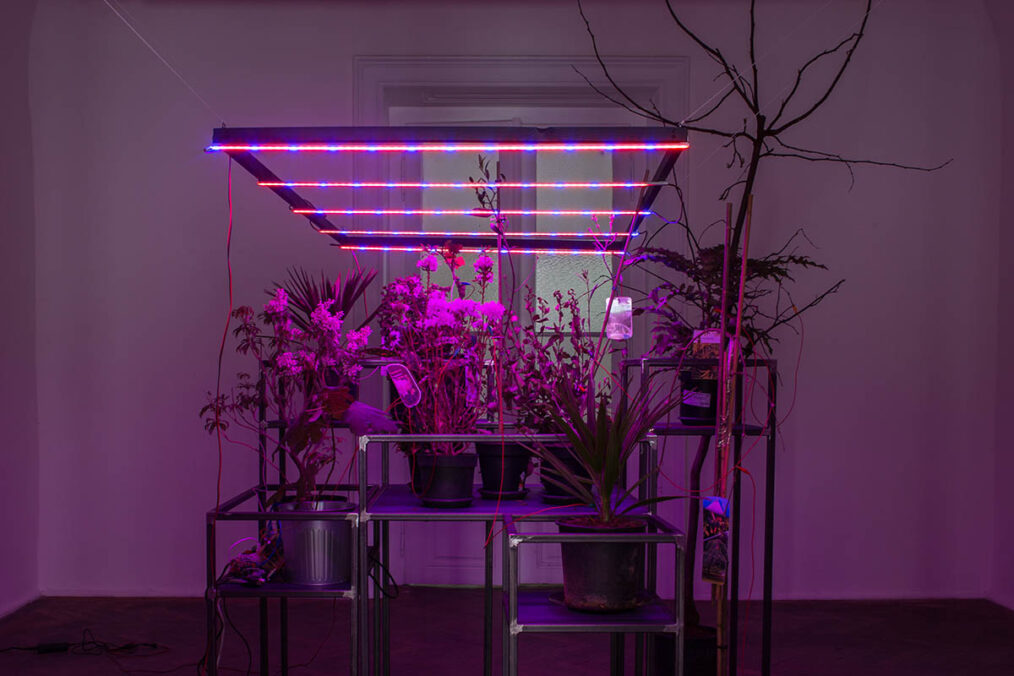
Artist. Tijana Radenković
What role does language play in capturing and expressing your ideas?
In general, the text is important to me in the research that precedes the production of the work. I mostly use English, followed by Serbian, and recently Slovak. The possibility of understanding concepts in different languages is also interesting to me. In some of my earlier works, I examined different definitions of the body and physicality through the text and language. I am also interested in different forms of photo books. So far, I have had the opportunity to make several of them, and in addition to photos, they always contain textual forms. It is a kind of photo diary that follows the performative part of my work, which is not always presented to the audience.
Are there certain themes that always fascinate you and are expressed in your art?
I have always been fascinated by the body. First, it was the human body, and I think it came quite naturally, considering that we devoted our first years at the university to studies of the human body. Over time, the topic of „bodies“ expanded to include „other“ bodies. By this term, I mean all other bodies that are in our environment and that are not necessarily of human or animal character. The work Closness very nicely describes exactly these terms I am talking about. Therefore, the body in my later work also becomes a body shaver, a toothbrush, or, for example, a make-up brush. All those objects in our close presence are bodies that, on a micro level, carry information from our primary human body. These are exactly the boundaries that I like to examine in my work.
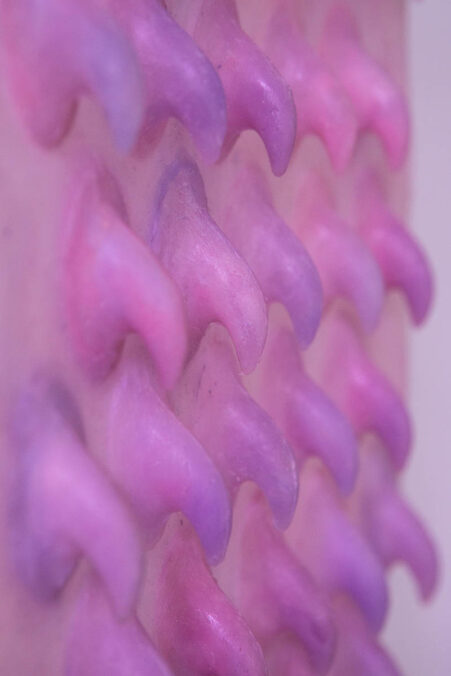
Exhibition view: EDEN – Immortal Place, at Šopa Gallery, Košice. Photos: Tatiana Takacova 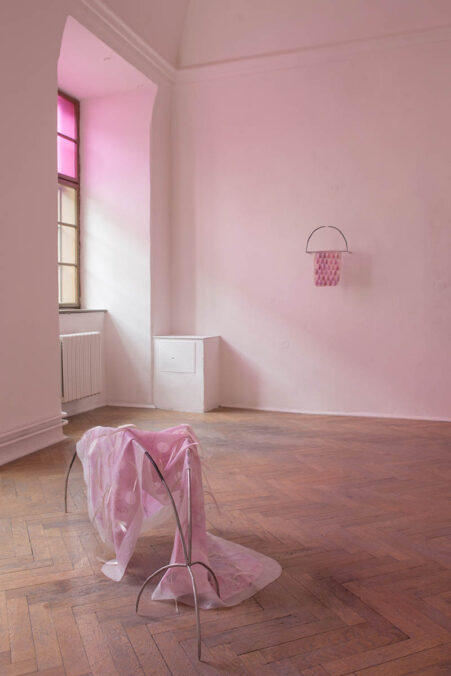
Exhibition view: EDEN – Immortal Place, at Šopa Gallery, Košice. Photos: Tatiana Takacova 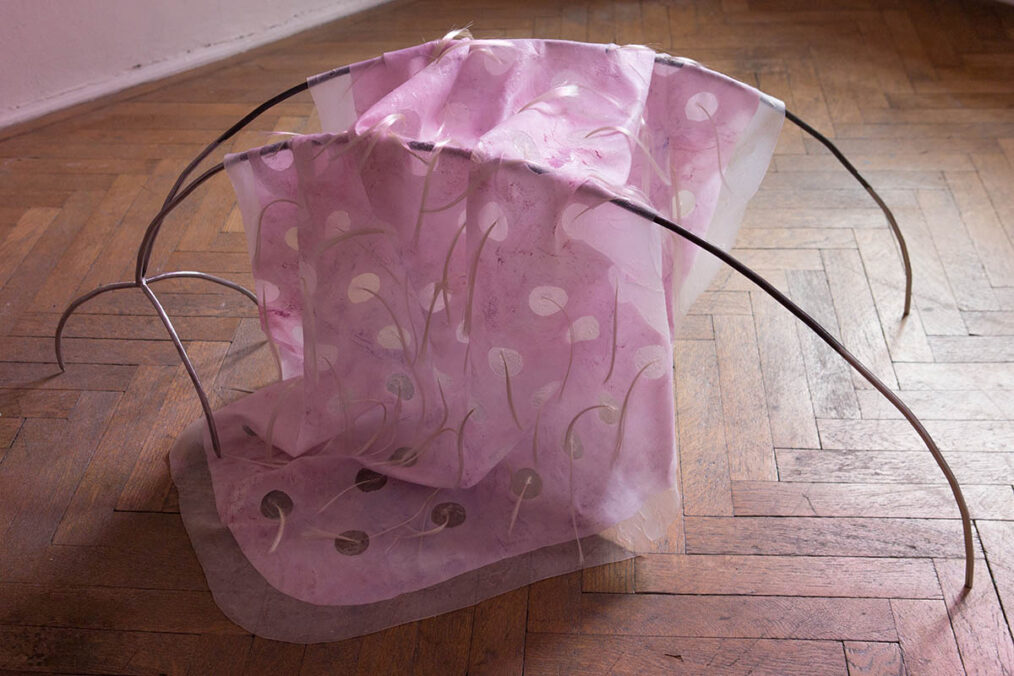
Exhibition view: EDEN – Immortal Place, at Šopa Gallery, Košice. Photos: Tatiana Takacova 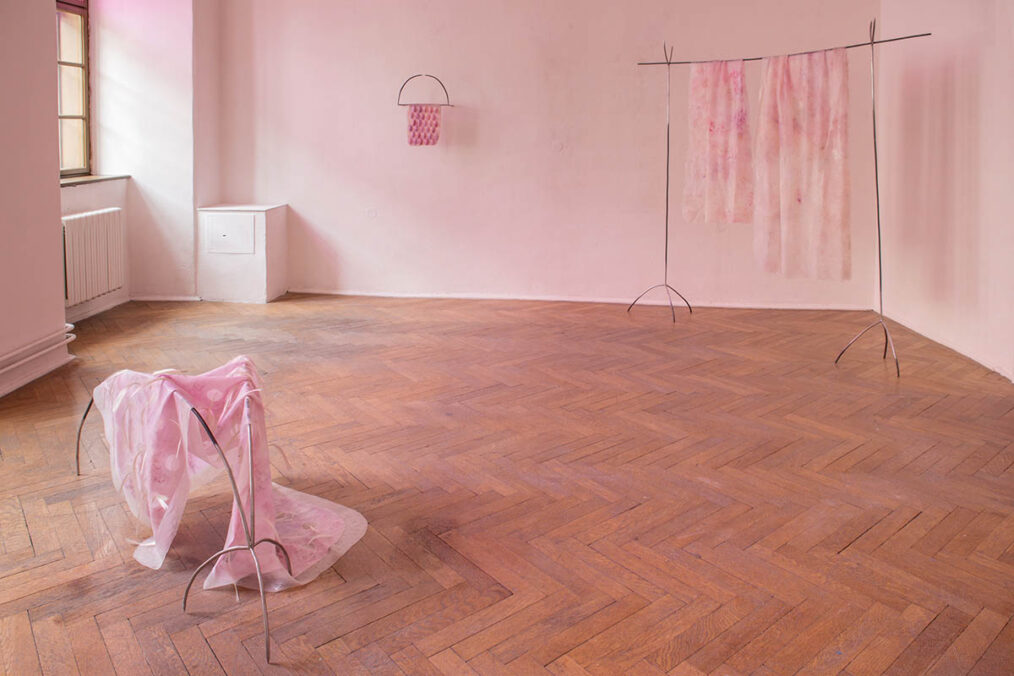
Exhibition view: EDEN – Immortal Place, at Šopa Gallery, Košice. Photos: Tatiana Takacova
Are there experiences that influenced the development of your art?
During my studies at the Faculty of Fine Arts in Belgrade, I had the opportunity to be part of the Transmedia Research course. It was in that course that I was able to see for the first time the development of contemporary and new media art, post-media realities, and strategies, which raise the main questions of contemporary art from the field of aesthetics to the field of society. For me, it was a leap in the way of thinking and creating. It was there for the first time that I saw various examples of art in an inseparable relationship with politics and society, regardless of the field of artistic practice you work in. I was inspired by the works of artists like Marta de Menezes, Matthew Barney, Mark Dion, Stelarc, Anna Dimitriu, and many others.
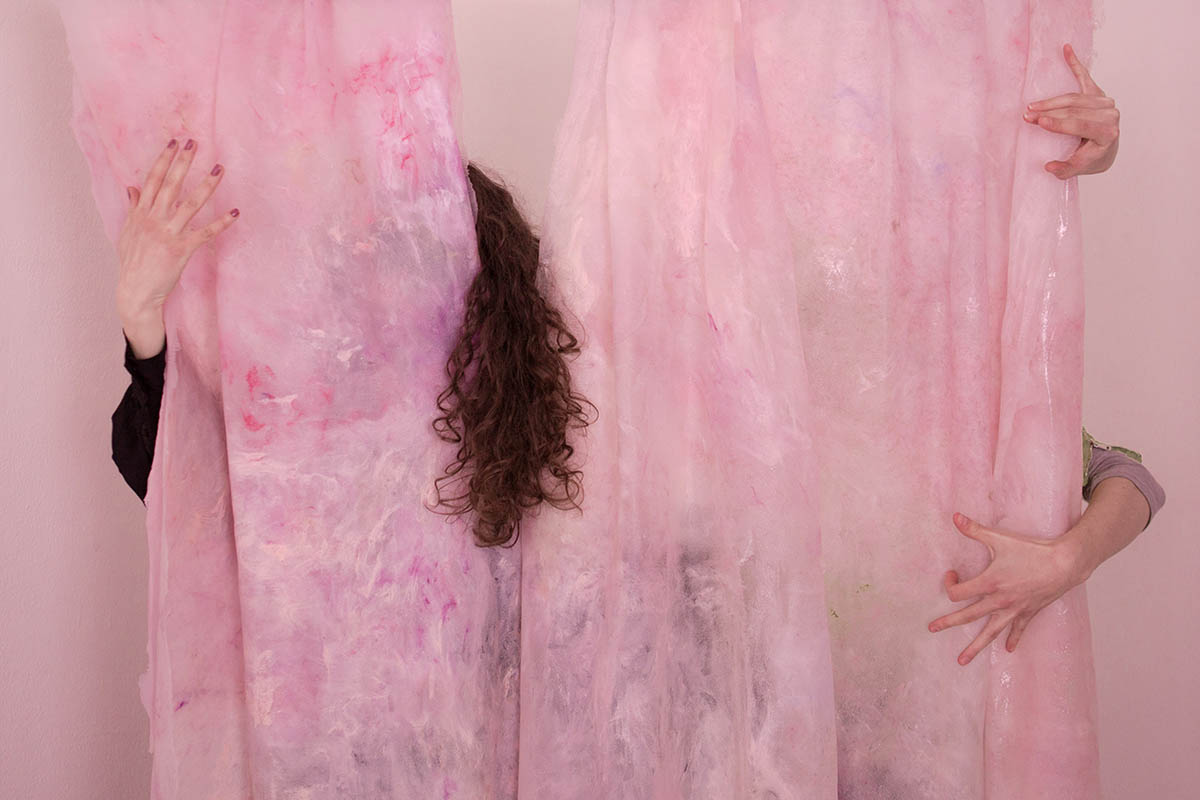
What challenges do you face in your role as an artist?
Rather, I would say that the role of an artist is a great privilege. You have the opportunity to be in the creative process, surrounded by great people who make a complex process that leads to the production of a work of art. Of course, many other aspects are sometimes invisible to the audience. Perhaps the challenge for me right now is the lack of time to devote myself deeply to that process.
What is an immortal place for you?
Everybody, every organism, and every mechanism. Earth, and every trace we leave on it.
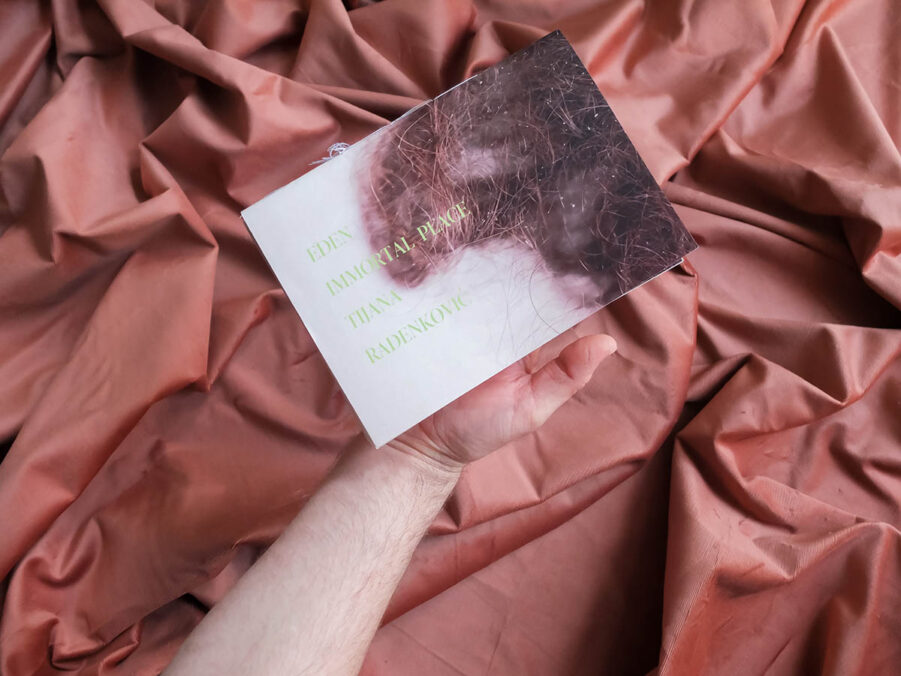
Tijana Radenković 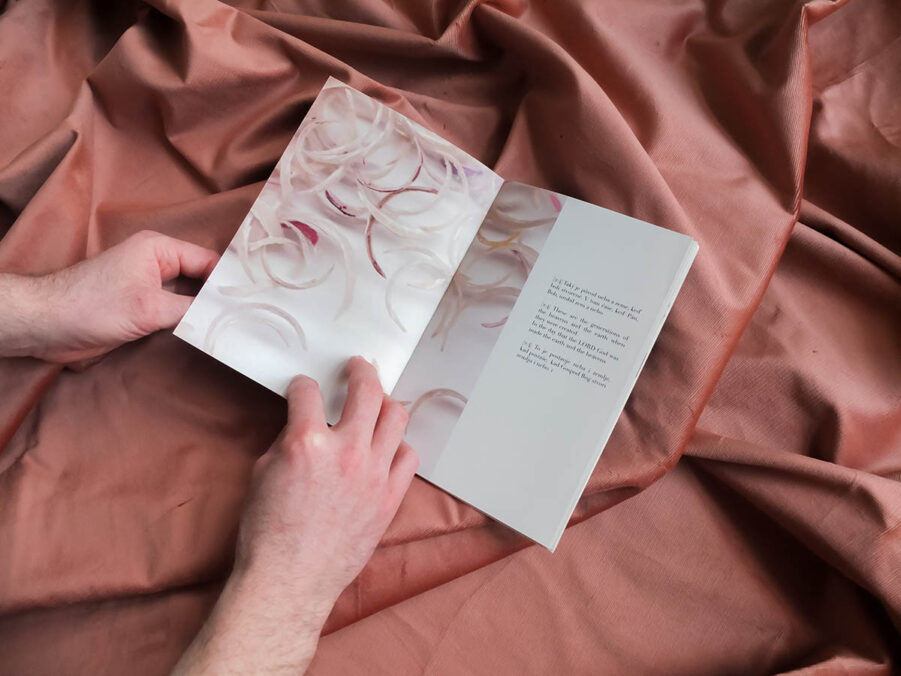
Tijana Radenković
In what ways do you believe art can influence or bring about change in society?
I think collaborations are key in art. Let’s say that between artists and biologists, we have a whole field of art (Bio Art) that deals with various research. In that way, art approaches other spheres of human interest and leaves the so-called gallery space. The artist becomes a designer who, in collaboration with experts in the field of science, creates new and impressive things. Precisely that moment of creativity that, in most cases, stems from the thinking primarily of artists and their practices stems from the desire to create something that raises bigger questions but at the same time gives new possibilities for experts in the field of science to approach experiments differently. Artists and scientists find many useful points together in practice, but of course, it takes a lot of effort and investment, especially to understand another discipline that is not your primary one.
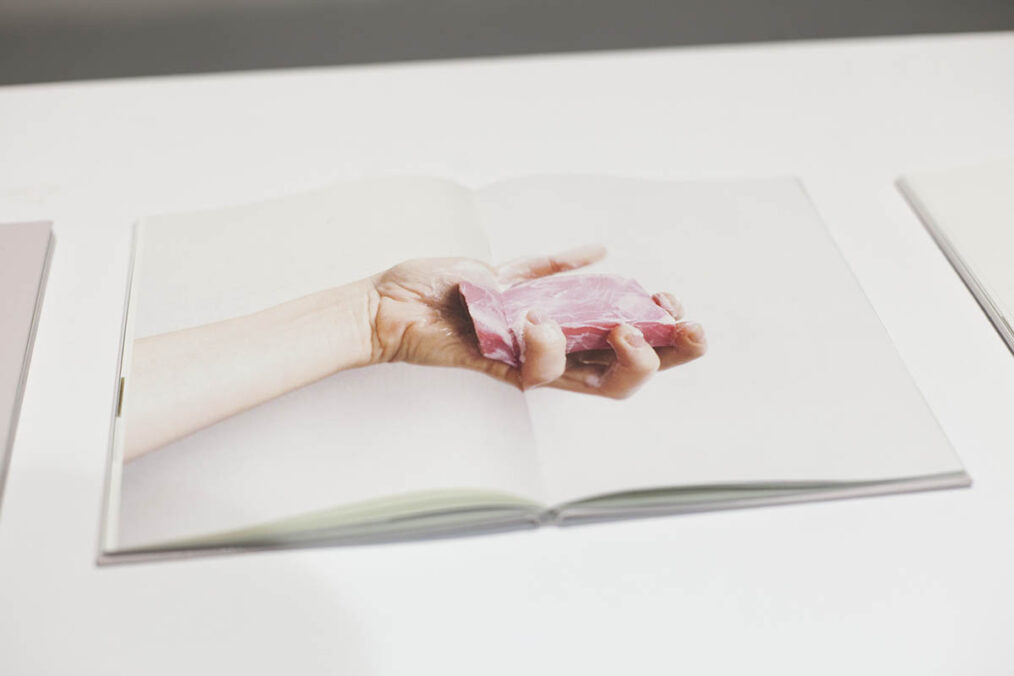
How did you experience 2023, and what expectations or plans do you have for the coming year?
Last year was dedicated to my family and my son, so I had a small break. This year I already have planned exhibitions; one of them will be opened in March at Kunsthalle Trier, and a few of them will follow in the summer and autumn.
Tijana Radenković – www.instagram.com/tijana.radenkovic/





